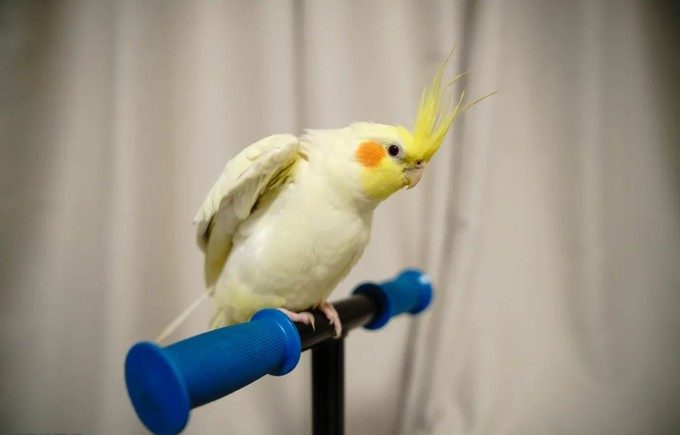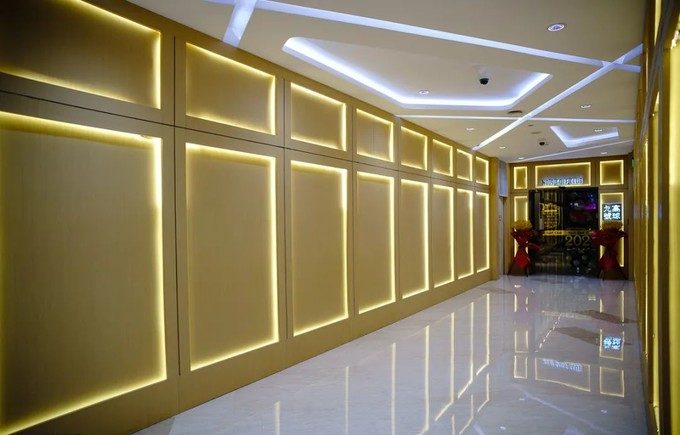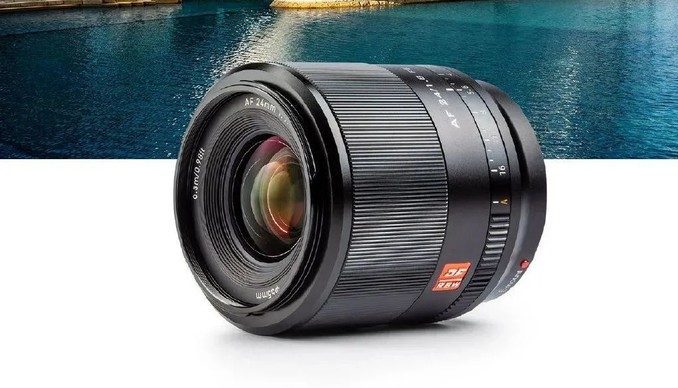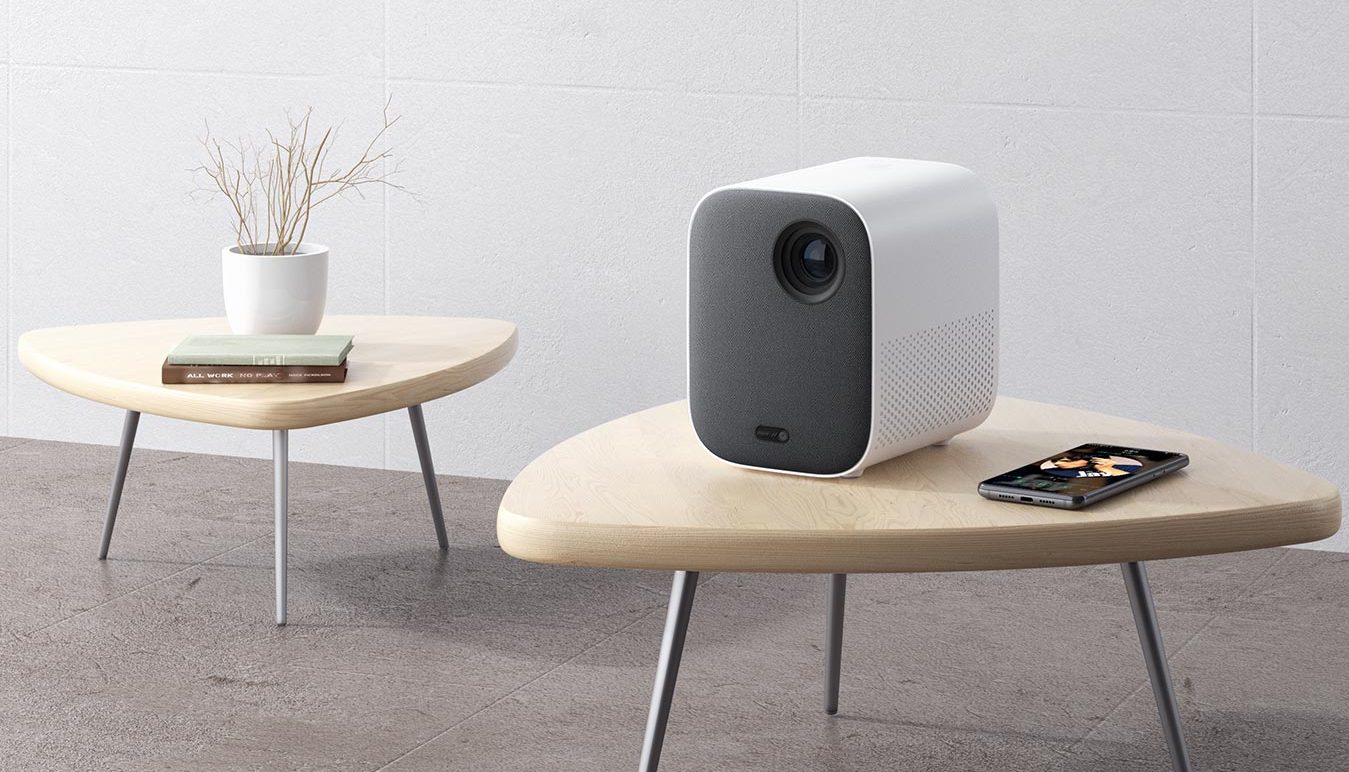At the end of 2020, Viltrox officially released three full-frame mirrorless lenses: AF 24/1.8 FE, AF 35/1.8 FE, and AF 50/1.8 FE. Among them, AF 24/1.8 FE has been put on sale at 10 o’clock on January 25.

Viltrox AF 24/1.8 FE was released on December 25, 2020. It is an E-mount full-frame lens that supports autofocus.
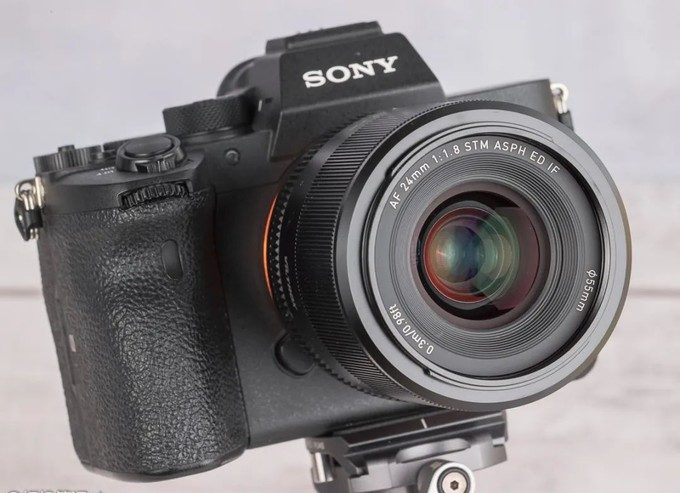
From February 2019 to the present, Viltrox has launched a total of 15 autofocus lenses in 7 specifications in less than 2 years, covering 4 types of mirrorless lenses for Sony E, Fuji X, Canon EF-M, and Nikon Z. The system and the speed of progress are obvious to all. Specific to the AF 24/1.8 FE, it should be the most compact full-frame 24/1.8 lens with outstanding portability. After shrinking the aperture to F2.8, the whole picture has good detail performance, which can be competent for humanistic street shooting and other subjects. The focusing process is smooth and quiet, and the breathing effect is small, which should also be attractive to video creators.
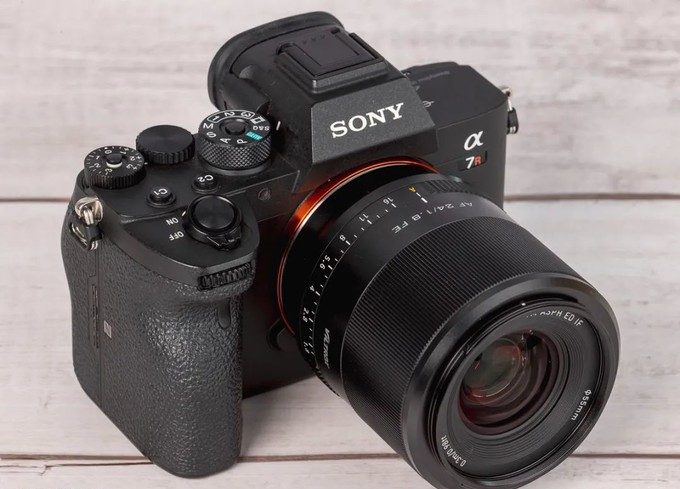
Among FE lenses, Zeiss Batis 25/2 is the closest to Viltrox AF 24/1.8 FE, but its price is almost the same as Sony FE 24/1.4 GM. Other 24mm lenses are heavy or have a small aperture, and there is no such thing as a product that combines a large aperture and portability like the Viltrox AF 24/1.8 FE. 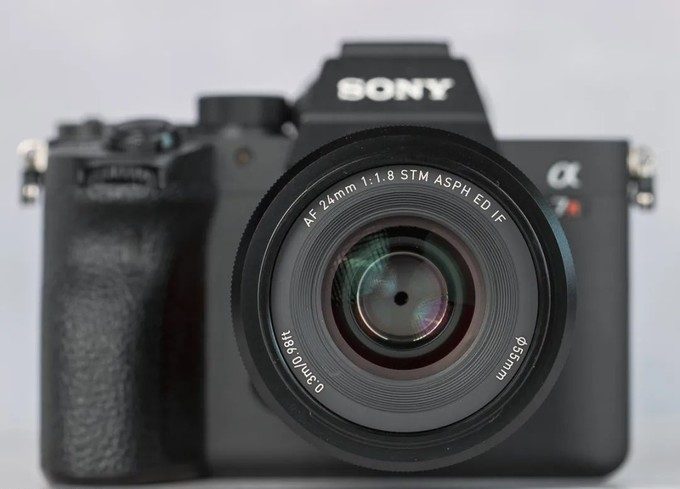
The AF 24/1.8 FE is very compact and is only slightly larger than the AF 23/1.4 E in the APS-C format. There is a step-less aperture ring on the mirror body. The damping from F1.8 to F16 is small, and the damping from F16 to A (automatic/controlled by the fuselage) is large. The step-less iris is mainly convenient for controlling the opening and closing of the iris in video shooting, and it is good to place it in the A block when taking pictures.
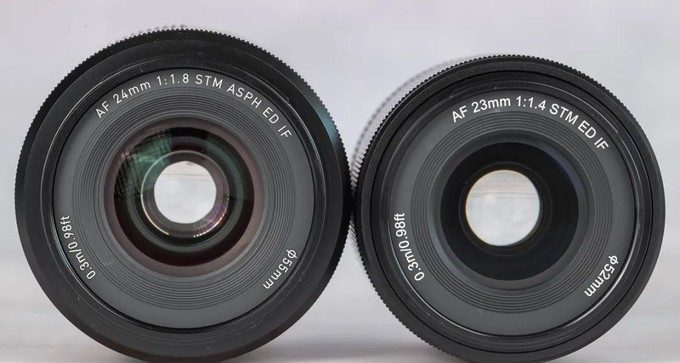

The AF 24/1.8 FE adopts an internal focus design, and the front end of the lens does not extend or rotate during focusing. The STM+ lead screw structure is smooth and quiet during the driving process, and the breathing effect is not obvious, which is good for video shooting. On α7RIV, there is little difference in focusing speed between AF-S and AF-C, but there will be a small probability of out-of-focus under AF-C (the camera thinks it is in focus but the picture is blurred), it is more recommended to use AF-S for shooting. The closest focusing distance of AF 24/1.8 FE is not too close, and the performance is mediocre in close-up close-ups. The USB port for firmware upgrade is still reserved near the bayonet (and updated from micro USB to USB-C port). You can complete the firmware upgrade by yourself without purchasing additional accessories.
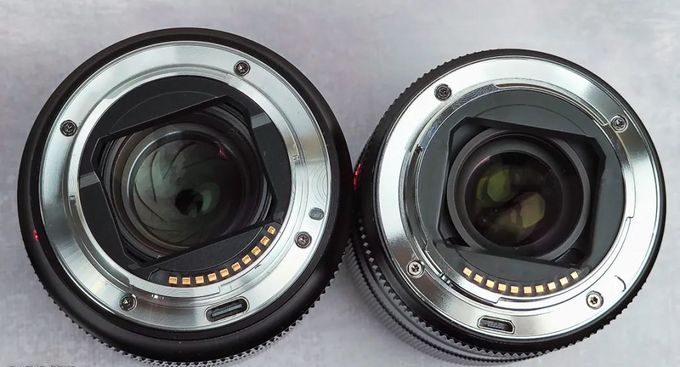
Finally, the standard plastic hood has a mediocre texture, which is a bit cheap compared to the metal hood of the AF 24/1.4 E.
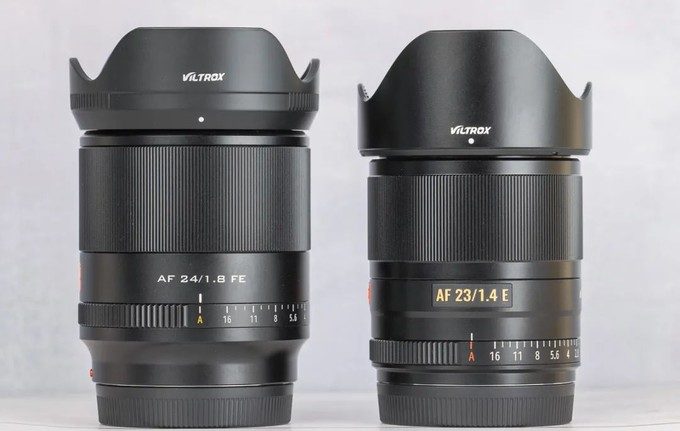
The degree of distortion of AF 24/1.8 FE is not large. But the distortion is not very regular. If you only use distortion adjustment, the edge of the picture will be stretched obviously. The vignetting at full aperture is more obvious. Considering that this is a 55mm 24/1.8 full-frame lens, it is basically reasonable. The vignetting angle is obviously improved at F2.8 aperture and basically eliminated at F5.6.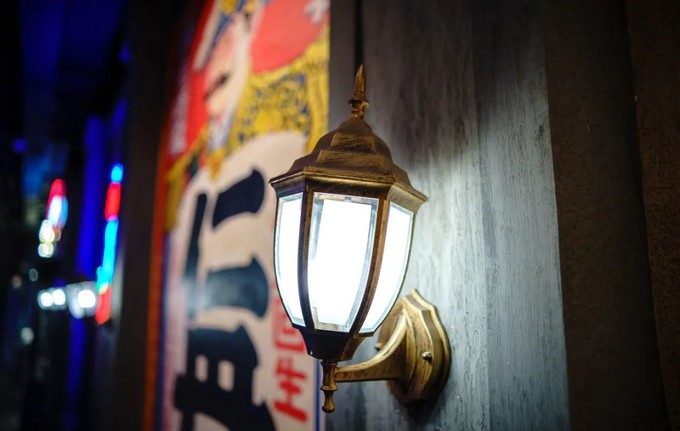
An obvious problem with the AF 24/1.8 FE lens is that the aperture is not round. And because of the redundant aperture design (that is, F1.8 is not a physical full aperture, the previous 85/1.8 is similar), the out-of-focus spot will also have some edges and corners at F1.8 aperture. Vitros also paid attention to this problem and stated that it is working to solve it. It is hoped that the AF 35/1.8 FE and AF 50/1.8 FE can be improved in the future.

The large 24mm aperture can not only take some cooler portraits indoors but also show long legs in full-length and half-length shots. In view of the edge image quality of AF 24/1.8 FE at large apertures, it is recommended to use F2.8 or smaller aperture when placing the face outside 1/3 of the screen.





